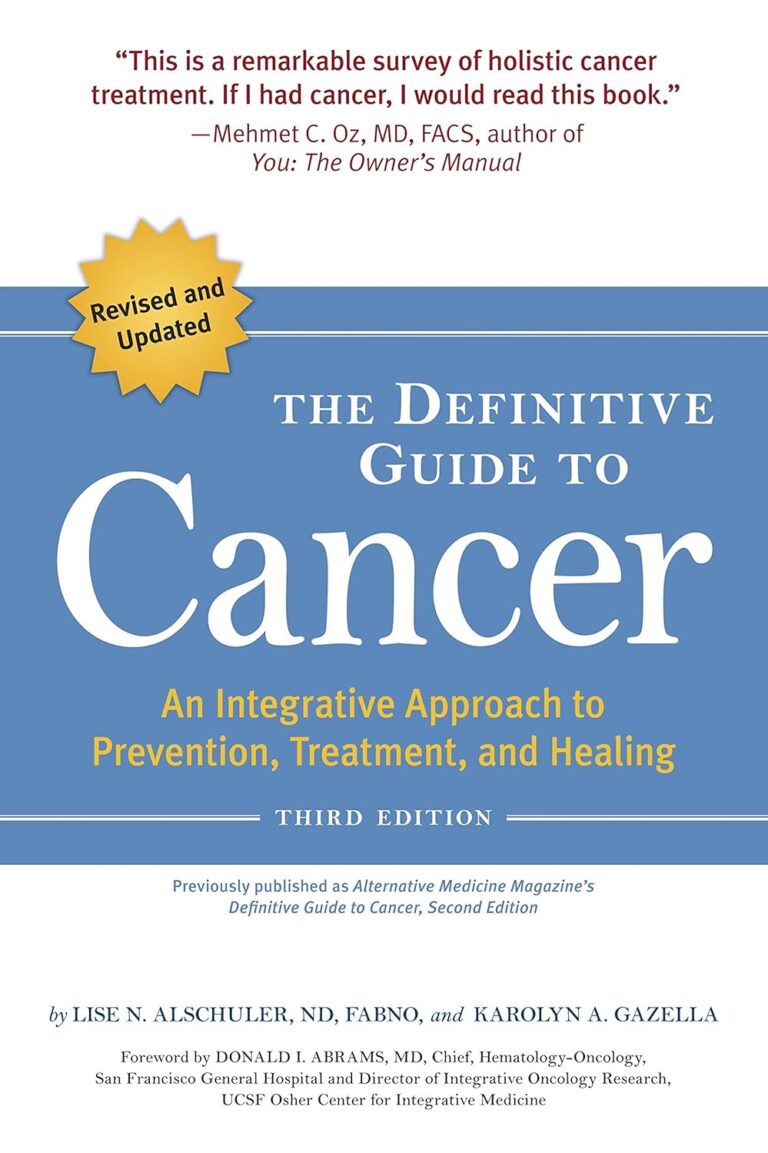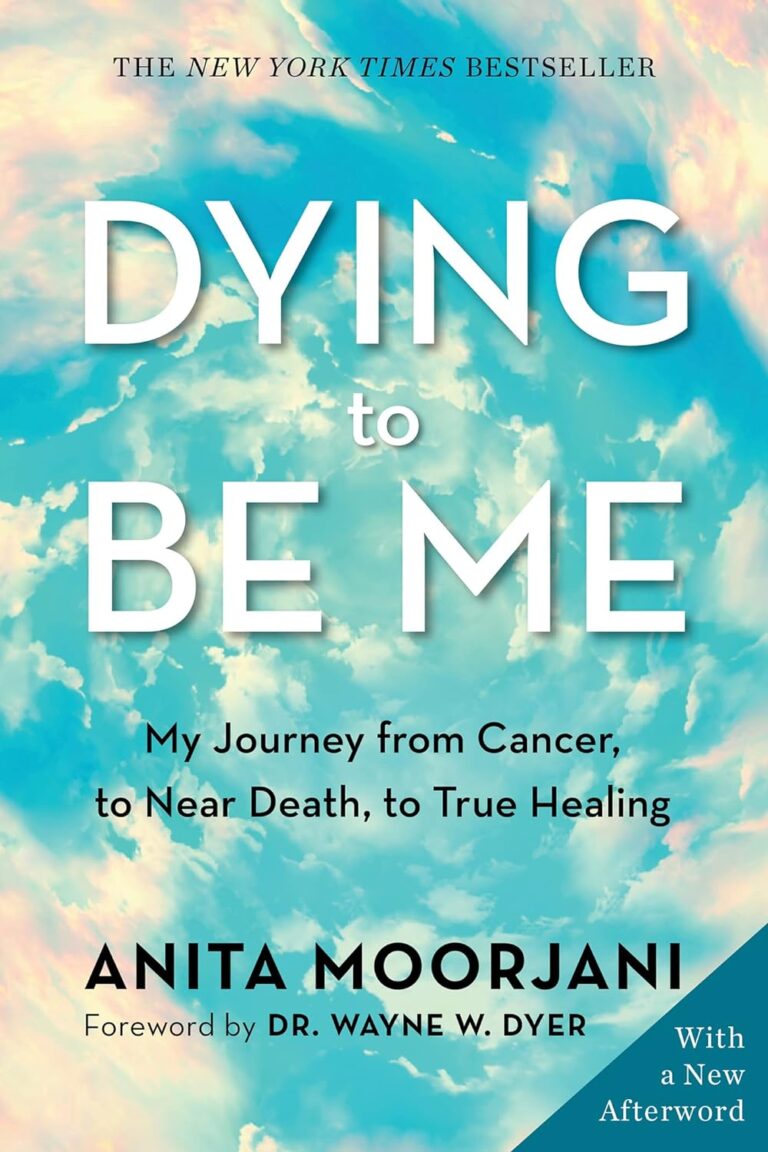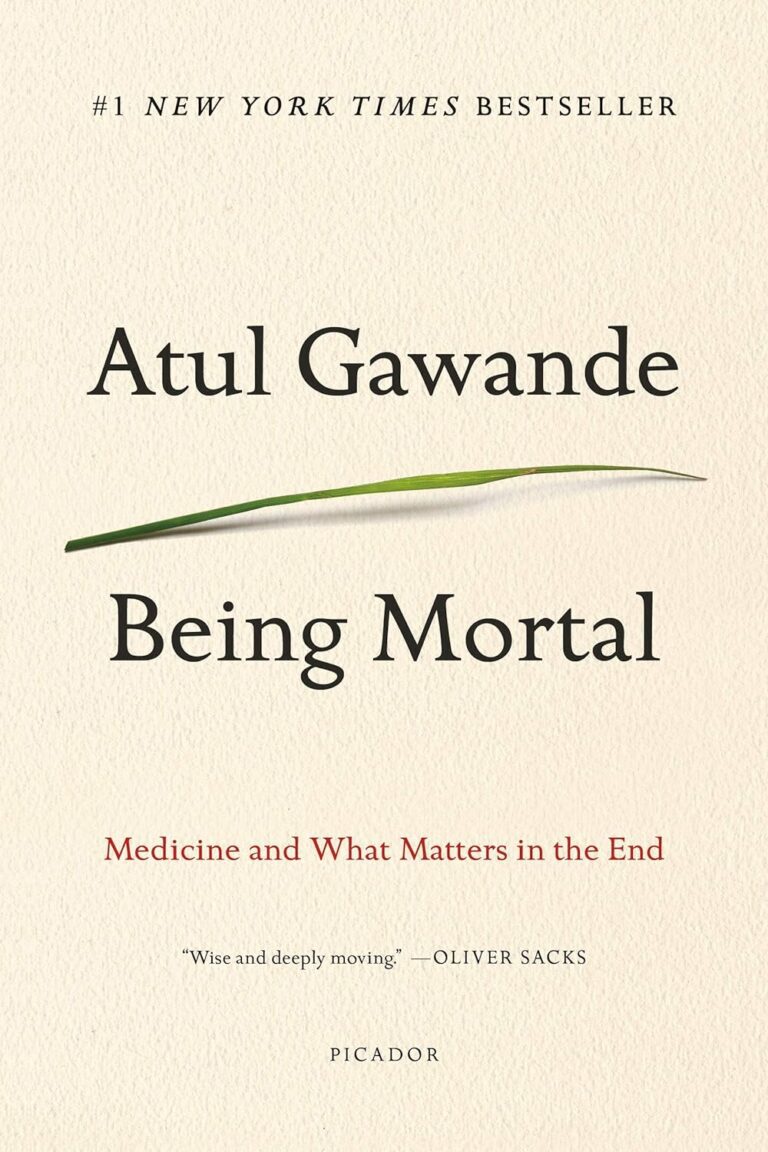
The complex world of dermatology encompasses a wide variety of skin conditions, many of which affect a significant percentage of the global population. Among these conditions, one of the most common and often misunderstood is Basal Cell Carcinoma (BCC). Understanding not just what the condition is but the profound effects it can have on people’s lives is crucial in our collective healthcare knowledge base.
The importance of fully comprehending BCC underscores the need for comprehensive awareness and suitable action in both the prevention and treatment of this condition. This article will delve into the various aspects of BCC, its causes, symptoms, diagnosis, treatment, and ways to protect oneself from it.
Definition of Basal Cell Carcinoma
Basal Cell Carcinoma is the most common type of skin cancer that occurs in the basal cells – a type of cell in the skin that produces new skin cells as old ones die off. Structurally, it is often observed as a seemingly unimposing white, waxy lump or a brown, scar-like lesion.
Biologically, BCC is a form of non-melanoma skin cancer, arising from the abnormal and uncontrollable growth of basal cells in the skin. Unlike other forms of skin cancer, BCC rarely spreads beyond the original tumor site, making early detection and treatment essential for a positive outcome.
Causes and Risk Factors of Basal Cell Carcinoma
A plethora of factors can trigger the onset of BCC, but the most common one is prolonged and repeated exposure to ultraviolet (UV) radiation from sunlight or tanning beds. However, the risk of developing BCC is not limited to UV exposure alone.
Individuals who have a family history of skin cancer, who are over 50 years old, or who have light-colored or freckled skin, are at a statistically higher risk of developing BCC. Other factors, such as a history of radiation treatments, a weakened immune system, or exposure to certain chemicals, can also increase the risk.
Recognizing The Early Signs of Basal Cell Carcinoma
Basal Cell Carcinomas often appear as a small, shiny bump on the skin, primarily on sun-exposed areas such as the face, ears, or neck. They may also present as flat, firm, pale areas similar to a scar or red, swollen spots. In some cases, they may even bleed after minor injury.
Having visual examples of BCC available — such as those provided by a dermatologist or accessible online — can assist in early self-recognition of this condition.
Diagnosis and Testing for Basal Cell Carcinoma
An initial diagnosis of BCC can often be made by a dermatologist during a routine skin check. If a suspicious skin lesion is found, a biopsy (removal of cells for testing) may be performed to confirm BCC.
Several types of biopsies can be used to test for BCC, including shave biopsy, punch biopsy, and excisional biopsy. The choice of biopsy often depends on the size, location, and suspected type of Basal Cell Carcinoma.
Treatment Options for Basal Cell Carcinoma
Various treatment options for BCC exist, such as surgical procedures, creams, radiotherapy, and oral treatments. The choice of treatment, much like the biopsy, greatly depends on the size, location, and type of BCC, as well as the patient’s overall health.
While surgical options generally offer a high success rate, they may leave scars. Conversely, creams and photodynamic therapy are less invasive but may not be as effective at treating larger or more invasive BCCs. It’s crucial to discuss these pros and cons with a healthcare provider.
Preventive Measures Against Basal Cell Carcinoma
Preventing Basal Cell Carcinoma primarily involves lifestyle changes. These include regular use of a broad-spectrum sunscreen, reducing exposure to the sun during peak intensity times, wearing protective clothing, and avoiding tanning beds.
Additionally, regular check-ups with a dermatologist, especially for those at high risk, can aid in the early identification and treatment of BCC.
Get to know us better
If you are reading this, you are in the right place – we do not care who you are and what you do, press the button and follow discussions live

Living with Basal Cell Carcinoma
BCC may affect the quality of life, particularly if it occurs on the face or another prominent location. However, understanding and accepting the diagnosis can help manage the emotional impact of BCC.
Adopting coping strategies such as connecting with others through support groups, focusing on a healthy lifestyle, and adhering to the prescribed treatment can greatly help those living with BCC.
Conclusion
In conclusion, Basal Cell Carcinoma is a profound skin condition that affects a broad range of people. Being informed about BCC, its symptoms, risk factors, diagnosis, treatments, and prevention methods can massively aid in the fight against this common form of skin cancer.
FAQs
- Is Basal Cell Carcinoma life-threatening?
Though it seldom becomes life-threatening, untreated BCC can result in significant disfigurement and morbidity if not treated properly.
- How common is Basal Cell Carcinoma compared to other skin cancers?
BCC is the most common form of skin cancer and accounts for about 80% of all non-melanoma skin cancers.
- Can using sunscreen reduce the risk of Basal Cell Carcinoma?
Yes, regular use of a broad-spectrum sunscreen can significantly reduce the risk of BCC.
- Can Basal Cell Carcinoma spread to other parts of the body?
BCC rarely metastasizes or spreads to other parts of the body. However, it can invade neighboring tissue and bone if left untreated.
- What is the recurrence rate of Basal Cell Carcinoma after treatment?
The recurrence rates can vary, but studies have shown a recurrence rate of approximately 1% per year.

















Comments
Thank you. Comment sent for approval.
Something is wrong, try again later